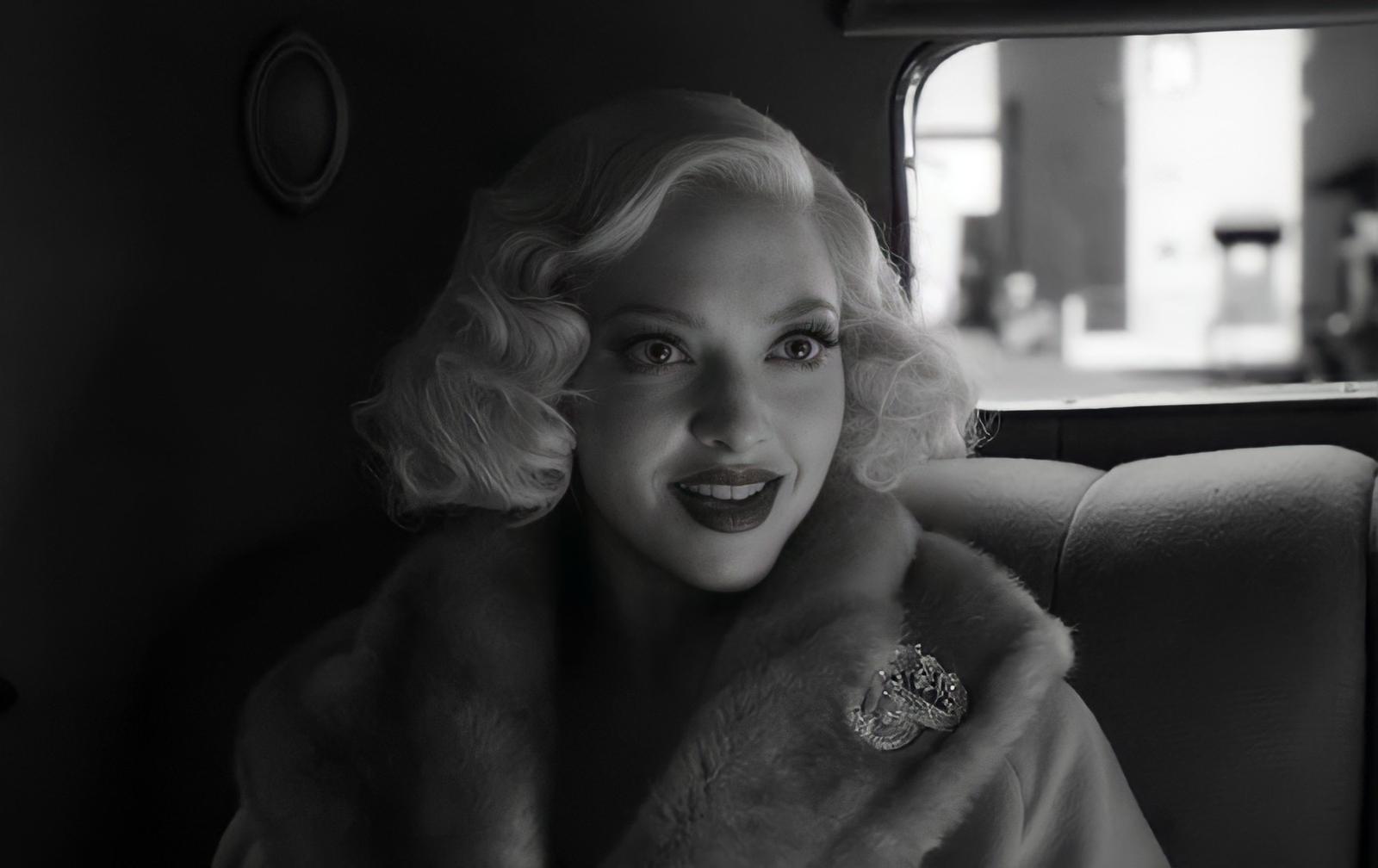David Fincher, ramping up excitement around his newest film Mank, has offered a little more insight into the creative direction of the Netflix project by claiming that he wants the movie to appear as though it was “found in Martin Scorsese’s basement”.
The drama, which tells the story of Herman J. Mankiewicz, the screenwriter behind Orson Welles’s legendary film Citizen Kane in his attempts to complete the screenplay, stars the likes of Gary Oldman, Amanda Seyfried and Charles Dance and is due for release on December 4th.
“1930s Hollywood is reevaluated through the eyes of scathing social critic and alcoholic screenwriter Herman J. Mankiewicz,” the film’s synopsis reads, adding: “as he races to finish the screenplay of Citizen Kane.”
Fincher, working from a script written by his father Jack, worked alongside Ceán Chaffin, Douglas Urbanski, and Eric Roth who are all on producing duties in what is a deeply personal project for the director. The original script for Mank was first created by his father back in 1990s and, while Fincher has always intended to complete the film, it has repeatedly suffered setbacks in its attempts to get off the ground.
“Ren Klyce, who is the sound designer, and I started talking years ago about how we wanted to make this feel like it was found in the UCLA archives — or in Martin Scorsese’s basement on its way to restoration,” Fincher said in a recent interview with New York Magazine.
He added: “Our notion was we’re going to shoot super-high resolution and then we’re going to degrade it. So we took most everything and softened it to an absurd extent to try to match the look of the era. We probably lost two-thirds of the resolution in order to make it have the same feel, and then we put in little scratches and digs and cigarette burns.”
Purposely trying to ensure that the film has been given a vintage aesthetic, Fincher continued to explain “Everything has been compressed and made to sound like the 1940s. The music has been recorded with older microphones so it has a sort of sizzle and wheeze around the edges — you get it from strings, but you mostly get it from brass. What you’re hearing is a revival house — an old [theatre] playing a movie.”
He concluded: “We made the soundtrack pop like it does when you do a reel changeover. It’s one of the most comforting sounds in my life. They’re so little that they’re very difficult to hear until you hear them. It has what we ended up calling patina, these tiny little pops and crackles that happen, and they’re very beautiful. It’s funny because I’ve played it for some people who ask, ‘What is going on with the sound? It’s so warm.’ And I respond, ‘Well, what you mean when you say ‘warm’ is it sounds like an old movie. It sounds analogue.’”
See the trailer, below.
